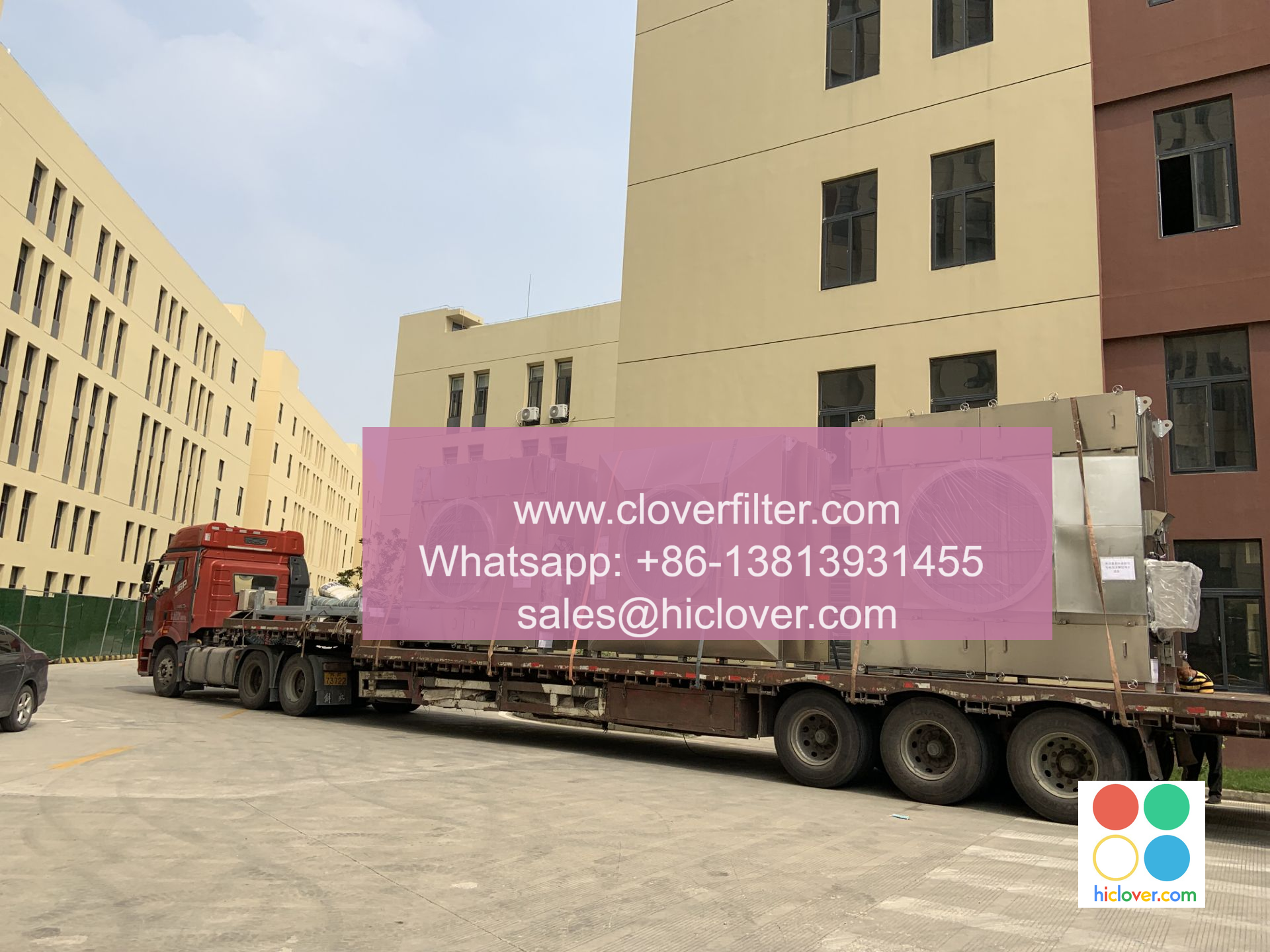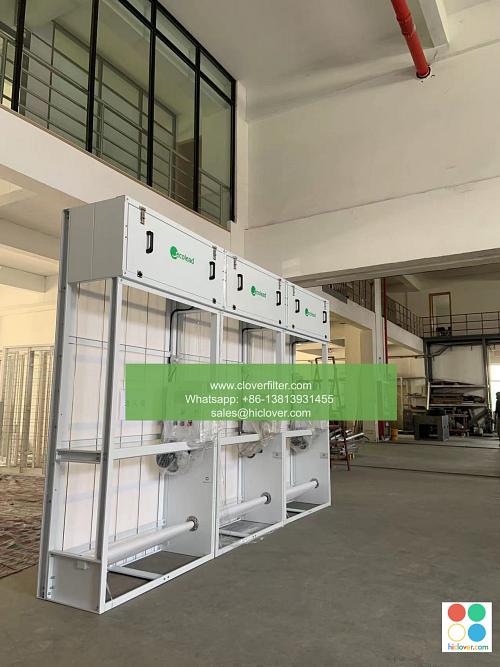Standards for Air Filter Performance Evaluation

Air filter performance evaluation is crucial in ensuring clean air quality in various application areas, including industrial ventilation, commercial HVAC systems, residential air purification, and medical facilities. The standards for evaluating air filter performance help manufacturers, users, and regulatory bodies assess the effectiveness of air filters in removing airborne contaminants, such as particulate matter (PM), gases, and microorganisms. In this article, we will discuss the key standards for air filter performance evaluation, highlighting various application areas and the importance of air quality monitoring and filtration systems.
Types of Air Filter Standards
There are several types of air filter standards, including:
* ASHRAE (American Society of Heating, Refrigerating, and Air-Conditioning Engineers) standards: These standards provide guidelines for evaluating the performance of air filters in commercial and industrial HVAC systems.
* ISO (International Organization for Standardization) standards: These standards provide a framework for evaluating the performance of air filters in various application areas, including industrial ventilation and residential air purification.
* EN (European Norm) standards: These standards provide guidelines for evaluating the performance of air filters in European markets, covering application areas such as commercial HVAC systems and industrial ventilation.
Key Performance Indicators (KPIs) for Air Filter Evaluation
The key performance indicators (KPIs) for air filter evaluation include:
* Efficiency: The ability of the air filter to remove airborne contaminants, such as particulate matter (PM) and gases.
* Pressure drop: The pressure difference across the air filter, which affects the energy consumption and system performance.
* Flow rate: The volume of air that passes through the air filter, which affects the air quality and system performance.
* Service life: The lifespan of the air filter, which affects the maintenance costs and system performance.
Application Areas for Air Filter Performance Evaluation
Air filter performance evaluation is crucial in various application areas, including:
* Industrial ventilation: Air filters are used to remove airborne contaminants, such as particulate matter (PM) and gases, in industrial processes and workplaces.
* Commercial HVAC systems: Air filters are used to improve indoor air quality and reduce energy consumption in commercial buildings.
* Residential air purification: Air filters are used to improve indoor air quality and reduce airborne contaminants in residential homes.
* Medical facilities: Air filters are used to remove airborne contaminants, such as microorganisms and particulate matter (PM), in hospitals and healthcare facilities.
Conclusion
In conclusion, standards for air filter performance evaluation are essential in ensuring clean air quality in various application areas. By understanding the key performance indicators (KPIs) and application areas, manufacturers, users, and regulatory bodies can assess the effectiveness of air filters and make informed decisions about air quality monitoring and filtration systems. The use of high-efficiency air filters and advanced filtration systems can significantly improve indoor air quality and reduce airborne contaminants, creating a healthier and more sustainable environment for everyone. It looks like you didn’t include a prompt. Please go ahead and provide one, and I’ll be happy to help!

